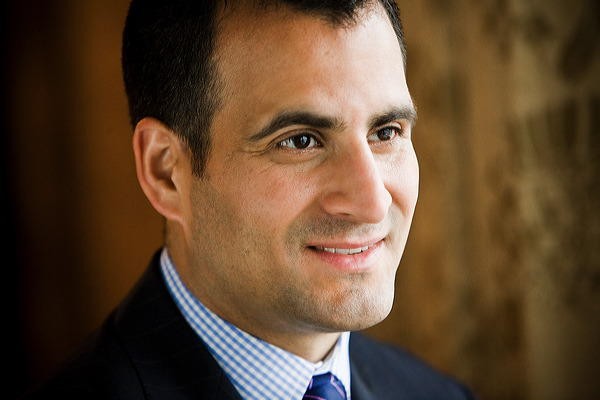A look at countrybased ETFs Larry MacDonald
Post on: 8 Май, 2015 No Comment

(Photo: Dieter Spannknebel/Getty)
There is a lot to be said for investing simply. Gurus such as Vanguard Group founder John Bogle have long said that holding three funds—one each for domestic stocks, foreign stocks and bonds—is enough. However, if you are more like the “enterprising investor” described in Benjamin Grahams The Intelligent Investor. you may be interested in more advanced approaches. One suggestion: a portfolio of single-country exchange-traded funds (ETFs).
Over three-dozen such ETFs track country-specific stock markets (with more on the way). In Canada, three choices are: BMO India C$ Hedged (ZID), iShares Japan Fundamental C$ Hedged (CJP) and iShares MSCI Brazil (XBZ). In the U.S. they include: iShares FTSE/Xinhua China 25 (FXI), iShares MSCI Australia (EWA) and iShares MSCI Mexico (EWW).
So there are plenty of choices for building equity portfolios. The investor just has to be careful not to pick too many ETFs that are correlated with each other. For example a portfolio would not be terribly diversified if all the ETFs tracked countries dependent on commodity prices. Instead, add ETFs tracking countries more reliant on manufacturing and service industries.
Returns on country ETFs vary widely depending on the time period. For example, the iShares Japan Fundamental C$ Hedged ETF is up 60% over the past six months (thanks to more aggressive monetary and fiscal policies) while the iShares MSCI All Peru (EPU) ETF is down 33% over the same period (due to its large exposure to sliding raw material prices, particularly silver, gold and copper). This kind of volatility presents opportunities—and pitfalls—for investors.
Contributing to the volatility are fluctuations in currency exchange rates. Some investors may prefer to embrace this source of volatility as part of the diversification process while others may prefer country ETFs that hedge out currency fluctuations (despite their tracking errors).
Some benefits
A primary benefit of country-ETF portfolios is that they permit rebalancing at a finer level of detail compared to simple portfolios. Investors can sell winners and buy losers at the level of individual countries instead of regions. This can result in a better tuning of asset allocation to risk tolerances. If Japanese stocks take off and become a large portfolio weigh, they can be sold down to less risky levels.
Also, portfolios of country ETFs provide more scope for value investing. Markets in various countries sometimes sell off sharply, presenting opportunities to buy at bargain prices. This requires analyzing country variables and prospects, which may appeal to people with fortes in the fields of politics or economics.
Country ETFs to put on watch lists
There are several countries whose stock markets are now down a lot (besides Peru) and thus perhaps worth adding to the watch lists of value hunters and contrarians. One case is Egypt, where political turmoil has dragged the Market Vectors Egypt Index ETF (EGPT) down 30% within the past 10 months.
Yet, Egyptian stocks still aren’t such great values. Their average price-earnings ratio is greater than 22 (versus 16 for the MSCI All Country World Index). Prior to the recent decline, the Egyptian market had been on a tear.
Turkey is another country beset with political troubles. In the past two months, the iShares MSCI Turkey ETF (TUR) has dived nearly 30%. Like Egypt, it still isnt an overly enticing value. Turkish stocks gained 65% over the prior year, and the country has a relatively high risk level due to a heavy reliance on foreign lenders.
The best value is offered by Russian equities, according to Dave Garff, a specialist in country-ETF portfolios at Accuvest Global Advisors in California. Russian stocks are trading at a price-earnings ratio of 5, the lowest of all the foreign markets he follows. His recommended ETF is the Market Vectors Russia ETF Trust (RSX).
One risk is the Russian market’s high (45%) exposure to the oil and gas sector. In addition, there are concerns about shareholder rights. Higher oil prices and/or an improvement in investor protection could lead to higher valuations.
Larry MacDonald is a former economist who manages his own portfolio and writes on investment topics. He is the author of several business books and tweets at @Larry_MacDonald














